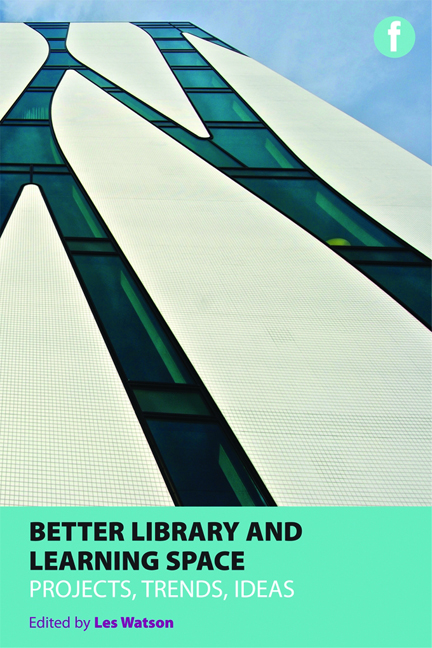Book contents
- Frontmatter
- Contents
- Case studies
- Acknowledgements
- Contributors
- Introduction – about this book
- PART 1 PROJECTS AND TRENDS
- Introduction
- 1 UK projects and trends
- 2 US projects and trends
- 3 China projects and trends
- 4 Hong Kong projects and trends
- 5 European projects and trends
- 6 Australasian projects and trends
- Summary to Part 1
- PART 2 TRENDS AND IDEAS
- PART 3 IDEAS AND FUTURES
- Index
Summary to Part 1
from PART 1 - PROJECTS AND TRENDS
Published online by Cambridge University Press: 08 June 2018
- Frontmatter
- Contents
- Case studies
- Acknowledgements
- Contributors
- Introduction – about this book
- PART 1 PROJECTS AND TRENDS
- Introduction
- 1 UK projects and trends
- 2 US projects and trends
- 3 China projects and trends
- 4 Hong Kong projects and trends
- 5 European projects and trends
- 6 Australasian projects and trends
- Summary to Part 1
- PART 2 TRENDS AND IDEAS
- PART 3 IDEAS AND FUTURES
- Index
Summary
It is striking that in describing the case studies above, all authors, without prompting, have felt the need to include, in some cases considerable, information about the locality of the libraries that they describe. Each is to some extent a response to its locality and inseparable from it. Not surprisingly, then, in their chapter on Europe, Joyce Sternheim and Rob Bruijnzeels conclude from their cases that ‘no one size fits all’ in library and learning space design. All authors also refer to the need for these buildings and their spaces to respond to the issues of technology, flexibility of space, variety of environment, and development of community and culture. Local diversity and variety of emphasis plays an important part in the overall picture here, too. For example the technology focus for Australasian libraries is an external one to overcome the tyranny of distance in addition to the more general focus on technology-rich environments being created within buildings – illustrating again that ‘no one size fits all’ even within these common threads. And nor should it. Creating a standard formula-driven library replicated across the world would do little to serve local communities and would be agnostic to diversity of culture.
The overall key trends in library space development implicit in these case studies include responses to the impact of ubiquitous technology and its effect on information availability and study habits, the use of open plan space, and integration of services through co-location with the library or assimilation into it. These trends lead to community development around service provision or learning activities, and the resulting ideas of participation and co-creation of new knowledge transforming the concept of ‘the collection’. There is also a recognition that space is not isolated and cannot be divorced from service provision so that ultimately reformulation of space inevitably leads to rethinking roles within the library.
The Jisc (Future Libraries) beehive model mentioned in Chapter 6, with its ‘highly developed social sharing structure’, provides a concept that is shared between all the libraries featured in the academic and public sectors. It focuses on those using libraries and their activities as producers of new information and knowledge. Underpinning this is the attraction factor of library space. It is suggested that a strong concept is important and that ‘powerful conceptual design is an inestimable factor in the successful
- Type
- Chapter
- Information
- Better Library and Learning SpaceProjects, trends and ideas, pp. 90 - 92Publisher: FacetPrint publication year: 2013



